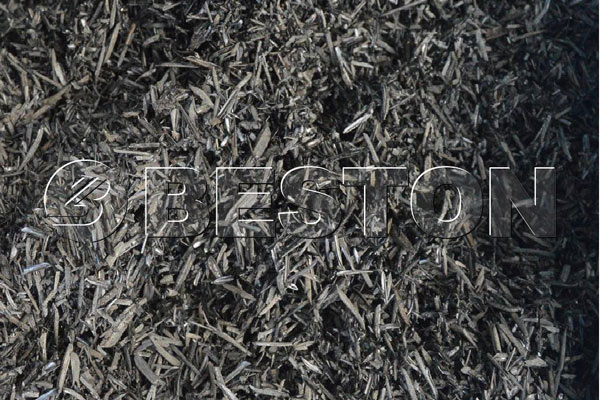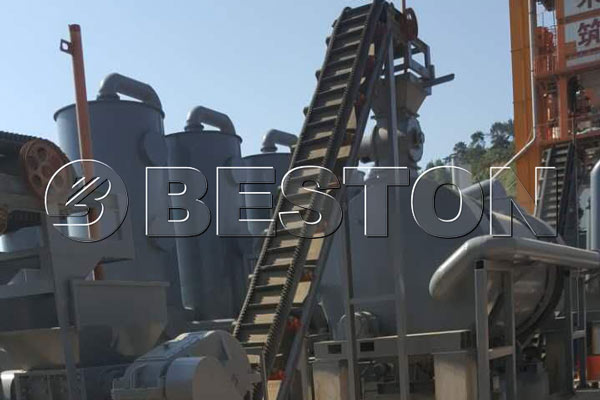An Introduction To Rice Hull Charcoal Making Machines
Each individual grain of rice is surrounded by a hard outer coating known as a hull. The purpose of the hull is to protect the rice seed as it grows. After the rice is harvested, the hulls are removed before the grain is sold for human consumption. The hulls are difficult to eat and can’t be easily digested, which is why they are removed from the grain before it is sold.
This results in a significant amount of agricultural waste, such as https://www.bestongroup.com/straw-charcoal-machine/. Fortunately, there are a number of beneficial ways that the leftover rice hulls can be put to use. One of the best options is to turn them into charcoal through the use of a special machine.

Rice hull charcoal making machine, also called rice hull carbonizer, is designed to slowly carbonize the hulls while producing as little pollution as possible. The resulting charcoal can be used for a number of different purposes including the following:
1. The rice hull charcoal can be converted into activated carbon. This material is used for everything from filtering water to treating medical emergencies involving poisoning.
2. The charcoal can be added to soil as an amendment. It not only helps loosen soil that is too dense but it also alters the pH of the soil, making it more suitable for certain crops. In some cases, it is also used to raise the soil temperature and to improve its ability to retain water, allowing crops to grow even if the environmental conditions aren’t ideal.
3. The charcoal can be used as fuel for cooking and heating.
4. A number of different industries rely on biochar as an insulating material.

Investing in one of these machines is a great option since there are so many different markets to sell to. There are numerous buyers vying for the charcoal that is produced, helping to ensure consistent sales.
The carbonization furnace for charcoal can also deal with other types of agricultural waste. For instance, they are often used to convert coconut shells, sawdust, or peanut shells into usable charcoal. Since they are capable of handling so many different raw materials, they are extremely versatile and can be used throughout the year.
Along with producing charcoal, these machines also produce tar and wood vinegar. Wood vinegar can be used as a fertilizer, an insect repellent, and a fungicide. It also helps promote growth by enriching the soil. Seeds germinate more quickly if they are soaked in wood vinegar before being planted.
Tar can also be used for a variety of different applications. Between the charcoal, the wood vinegar, and the tar, there are multiple markets to tap into if you own one of these machines.
Rice hull charcoal manufacturing plant converts agricultural waste like rice husks into usable charcoal. They are designed to conserve heat while reducing pollution as much as possible, making them an environmentally-friendly solution for dealing with biomass.
Wanna learn more details? Search for “beston company of China” on Google now.